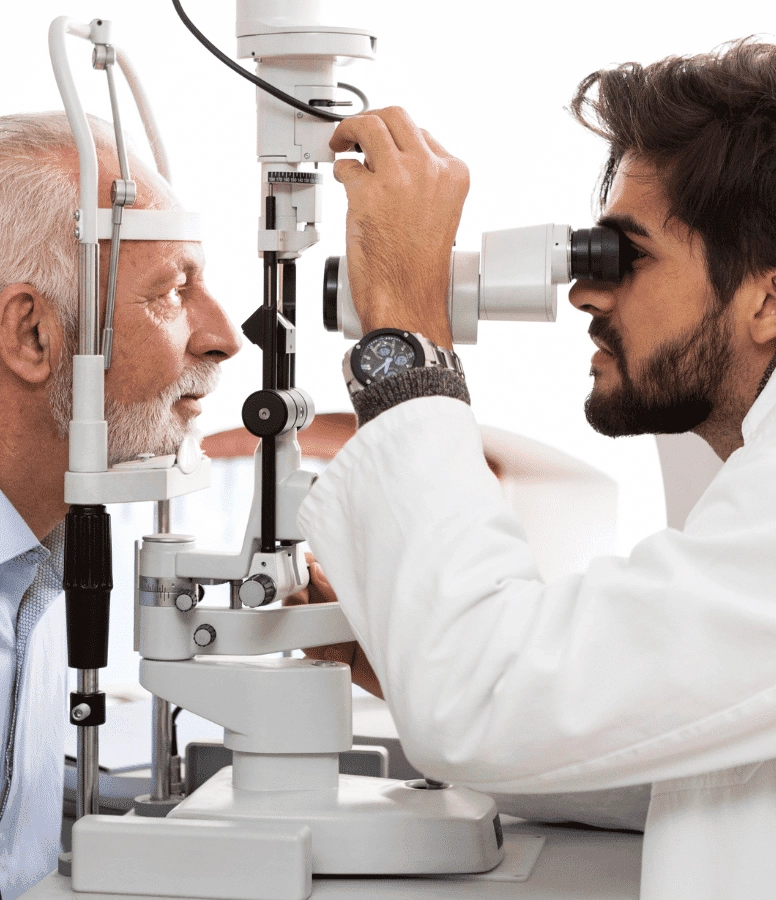If you feel like looking at your eye doctor’s prescription is like looking at a note in a foreign language, you are not alone. The combination of numbers and abbreviations may be confusing to those who don’t know how to read them. The information provided on your prescription is key to improving your comfort and vision.
Here is a breakdown of how to read and understand the main elements of a prescription:
OD and OS
OD (Oculus Dexter): Refers to the right eye
OS (Oculus Sinister): Refers to the left eye
OU (Oculus Uterque): Refers to both eyes (occasionally seen)
SPHERE (SPH)
This indicates the amount of lens power, measured in diopters (D), needed to correct nearsightedness or farsightedness.
A negative number (e.g., -1.00) indicates nearsightedness (myopia).
A positive number (e.g., +1.00) indicates farsightedness (hyperopia).
CYLINDER (CYL)
A number under the CYL column indicates the amount of lens power needed to correct astigmatism, which is caused by an irregularly shaped cornea. If there is no number in this column, you either have no astigmatism or it is too minor to need correction.
AXIS
This number will be present if there is a CYL value. It specifies the orientation of the astigmatism, or the direction of the cylindrical power of the lens, which can be anywhere from 0 to 180 degrees.
ADD
An “ADD” on a prescription indicates the additional magnifying power (measured in diopters) needed for reading or close-up work, typically for people with presbyopia. This figure is added to the distance power to achieve the full reading power needed.
PRISM
Prism is less commonly seen on prescriptions. It is prescribed to correct double vision (diplopia) by aligning the images seen by each eye. It is measured in prism diopters and will indicate direction: base in, base out, base up, or base down.
Your eyeglass prescription is a precise set of instructions to ensure your lenses correct your specific vision issues. It typically changes over time, especially as we age and develop presbyopia, requiring more assistance with reading. Regular eye exams are crucial to track these changes and check for any eye conditions, ensuring optimal eye health and vision correction.
Read also


